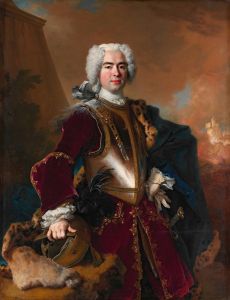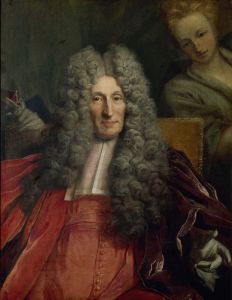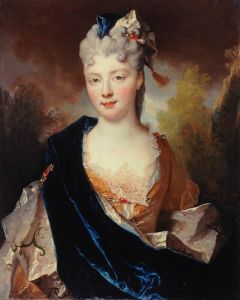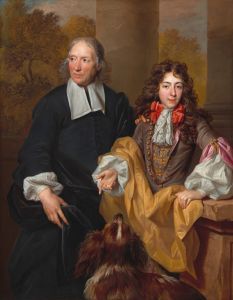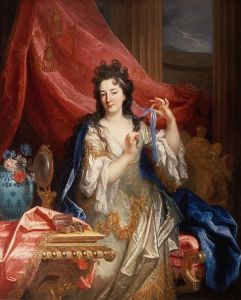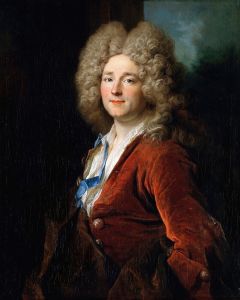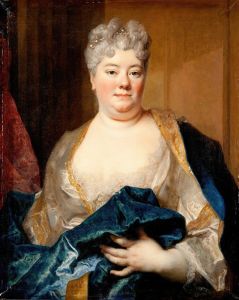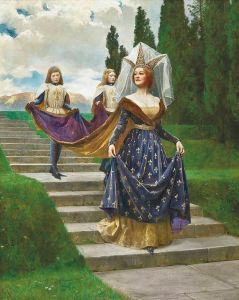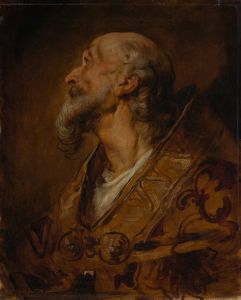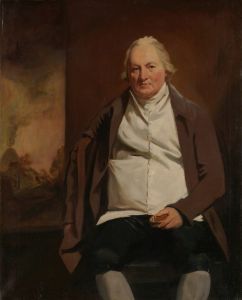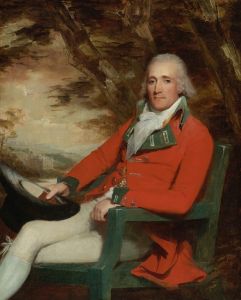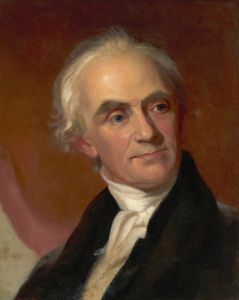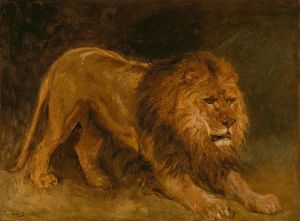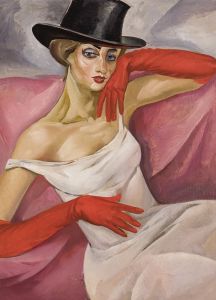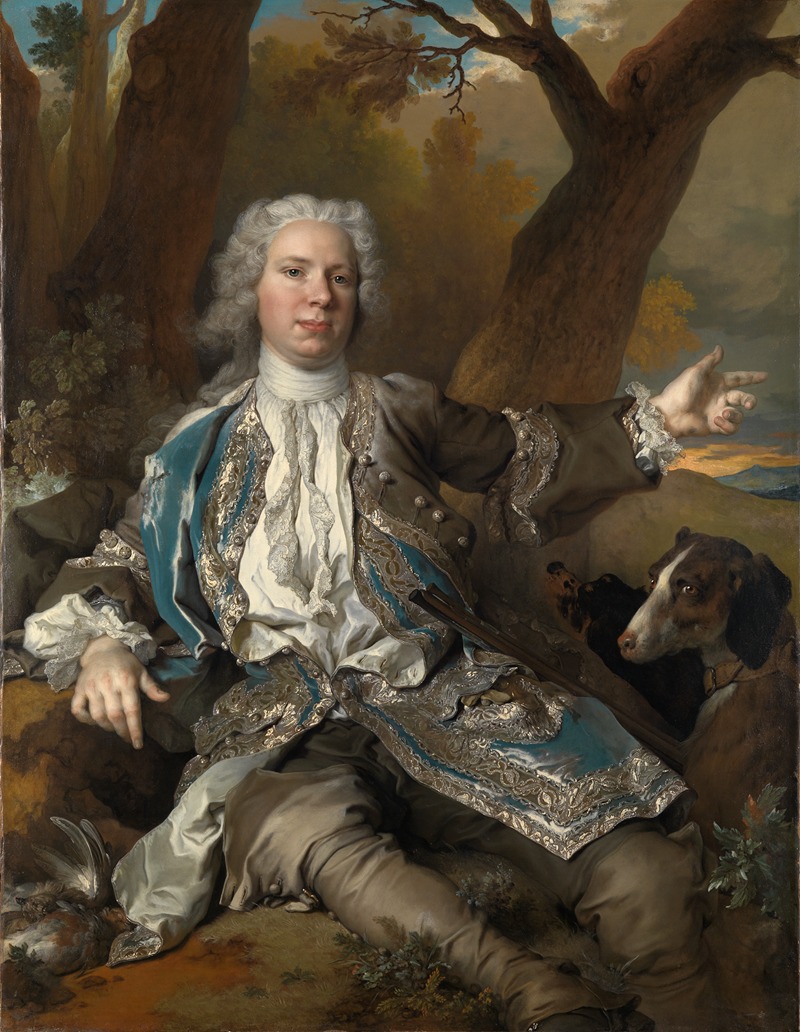
Portrait of a gentleman in hunting costume
A hand-painted replica of Nicolas de Largillière’s masterpiece Portrait of a gentleman in hunting costume, meticulously crafted by professional artists to capture the true essence of the original. Each piece is created with museum-quality canvas and rare mineral pigments, carefully painted by experienced artists with delicate brushstrokes and rich, layered colors to perfectly recreate the texture of the original artwork. Unlike machine-printed reproductions, this hand-painted version brings the painting to life, infused with the artist’s emotions and skill in every stroke. Whether for personal collection or home decoration, it instantly elevates the artistic atmosphere of any space.
Nicolas de Largillière was a prominent French painter known for his portraits, which captured the elegance and opulence of the late 17th and early 18th centuries. One of his notable works is "Portrait of a Gentleman in Hunting Costume." This painting exemplifies Largillière's skill in portraying the aristocracy of his time, showcasing both his technical prowess and his ability to convey the social status and personality of his subjects.
The painting depicts a gentleman dressed in a hunting costume, a popular theme in portraiture during this period as it symbolized nobility, leisure, and the aristocratic lifestyle. The gentleman is adorned in a richly detailed outfit, which likely includes elements such as a hunting jacket, breeches, and possibly a tricorn hat, though specific details of the attire are not universally documented. The attire is indicative of the fashion of the time and reflects the subject's wealth and status.
Largillière's use of color and texture in the painting is notable. He often employed a rich palette and meticulous brushwork to render fabrics and textures with lifelike precision. This attention to detail not only highlights the luxurious materials of the costume but also serves to emphasize the sitter's refined taste and social standing. The background of the painting, while not the focal point, is typically rendered in a way that complements the subject, often using muted tones to ensure the viewer's attention remains on the gentleman.
The composition of the portrait is likely to follow the conventions of the time, with the subject positioned in a way that conveys confidence and poise. Largillière was known for his ability to capture the character and demeanor of his sitters, and this portrait is no exception. The gentleman's expression and posture would have been carefully considered to convey a sense of authority and sophistication.
Largillière's portraits were highly sought after by the French nobility and bourgeoisie, and his work remains an important part of the Baroque and Rococo art movements. His ability to blend realism with the grandeur of his subjects made him one of the leading portraitists of his era. "Portrait of a Gentleman in Hunting Costume" is a testament to his skill and his contribution to the art of portraiture.
While specific details about the identity of the gentleman in this portrait or the exact date of its creation may not be widely documented, the painting remains a valuable example of Largillière's work and the cultural context of the time. It reflects the societal values and aesthetic preferences of the French elite during the late 17th and early 18th centuries, offering insight into the world of aristocratic leisure and fashion.





